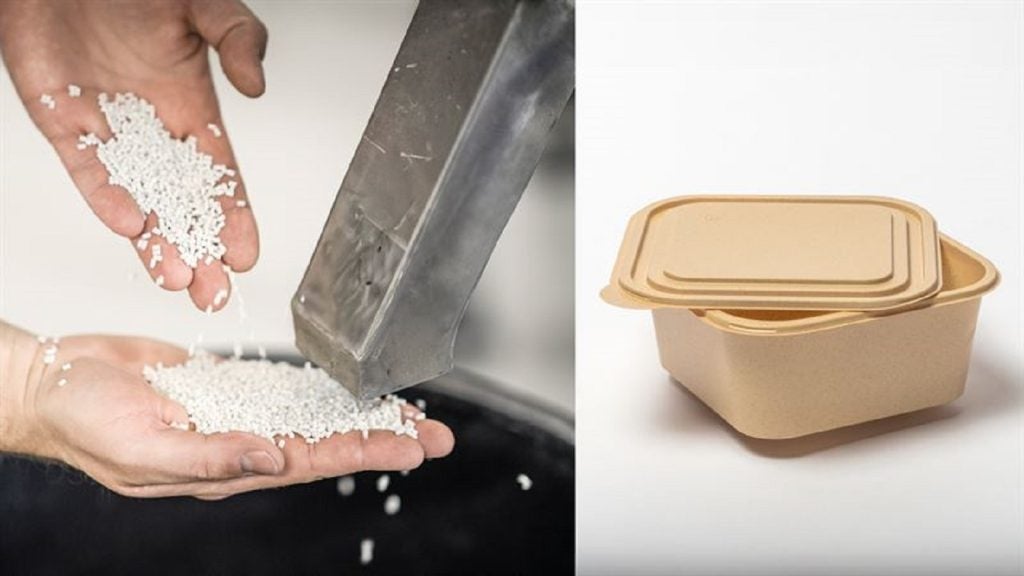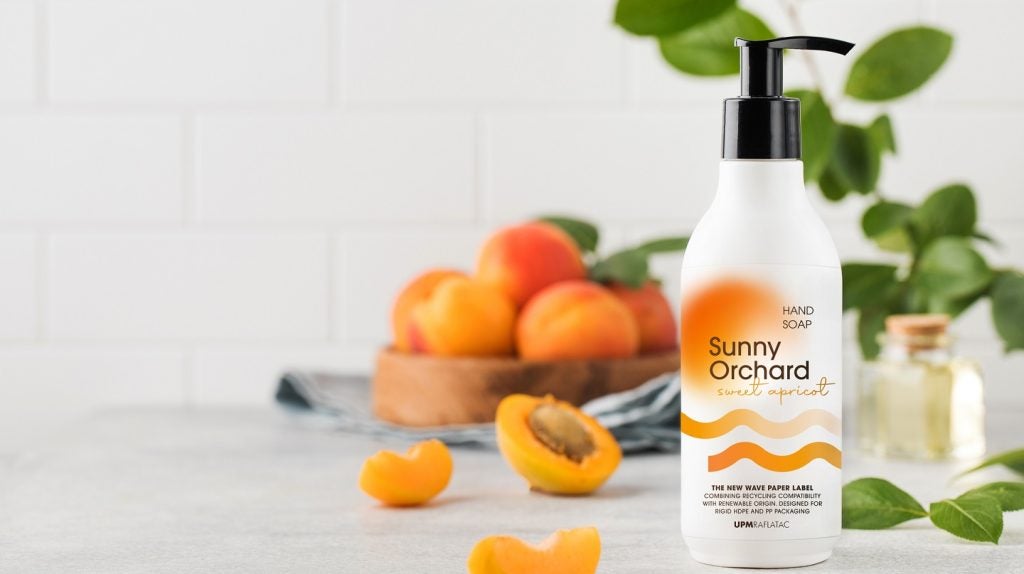UPM-Kymmene has patented a method to prevent viscosity changes in nanofibrillar cellulose hydrogel. By subjecting oxidized cellulose to heat treatment at 100-150°C for 1 second to 180 minutes, viable microorganisms are reduced, maintaining a viscosity of 2000-40000 mPas. GlobalData’s report on UPM-Kymmene gives a 360-degree view of the company including its patenting strategy. Buy the report here.
According to GlobalData’s company profile on UPM-Kymmene, Microscale biofuel reactors was a key innovation area identified from patents. UPM-Kymmene's grant share as of February 2024 was 57%. Grant share is based on the ratio of number of grants to total number of patents.
Heat treating method for preventing viscosity change in nanofibrillar cellulose
A recently granted patent (Publication Number: US11918966B2) discloses a heat treating method aimed at preventing a significant change in the viscosity of nanofibrillar cellulose hydrogel. The method involves providing an oxidized nanofibrillar cellulose hydrogel with specific characteristics, subjecting it to a heat treatment at a predetermined temperature and time range, and then cooling it to achieve a desired viscosity level. The heat treatment is conducted in a closed environment to reduce the number of viable micro-organisms in the hydrogel, ensuring its stability and quality. The resulting nanofibrillar cellulose hydrogel, post-heat treatment, exhibits a viscosity range of 2000-40000 mPas, meeting the desired specifications for various applications.
Furthermore, the patent also covers a heat-treated nanofibrillar cellulose hydrogel produced using the disclosed method. This heat-treated hydrogel maintains a specific viscosity range and microbial content, making it suitable for aseptic applications. The method involves careful control of temperature, time, and pressure during the heat treatment process to ensure the desired properties of the nanofibrillar cellulose hydrogel are achieved. By maintaining aseptic conditions throughout the process, the resulting heat-treated nanofibrillar cellulose hydrogel meets the stringent quality requirements for various industrial and biomedical applications. Overall, the patented method offers a reliable and effective way to produce nanofibrillar cellulose hydrogels with consistent viscosity and microbial content, catering to the growing demand for advanced materials in diverse fields.
To know more about GlobalData’s detailed insights on UPM-Kymmene, buy the report here.
Premium Insights
From

The gold standard of business intelligence.
Blending expert knowledge with cutting-edge technology, GlobalData’s unrivalled proprietary data will enable you to decode what’s happening in your market. You can make better informed decisions and gain a future-proof advantage over your competitors.





